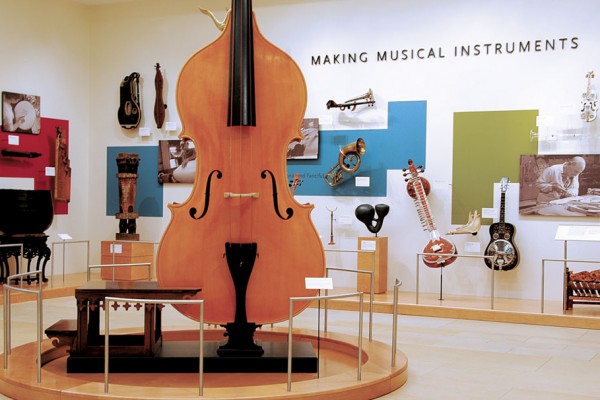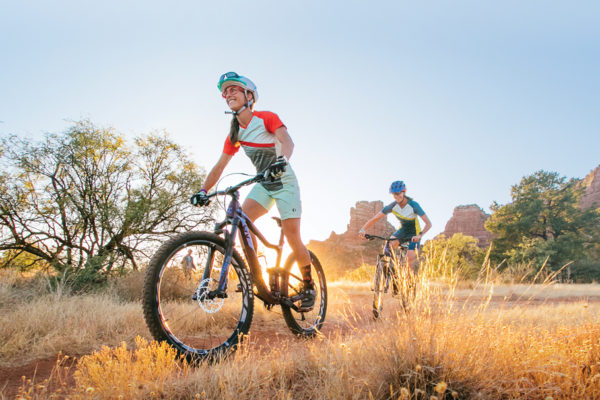Continued (page 4 of 5)
One thing I’ve found amusing over the years is how many places have been declared to be the spot where Zane Grey wrote The Call of the Canyon. The fact is, Zane Grey’s diaries still exist and hold the answer. He wrote Call in Catalina [Calif.]. Then he finished it in Oregon and Colorado. He didn’t write a word of it in Oak Creek Canyon or in Sedona or in Flagstaff or in Aunt Minnie’s spare room. Anybody who knows anything about writing knows you don’t need to be sitting at an actual location to write about it.
Speaking of myths, you practically rewrite the history of the filming of Stagecoach (my favorite chapter) and the involvement of Goulding’s Lodge in Monument Valley. Tell us about those revelations.
From day one the biggest problem was determining exactly what was filmed in Sedona because wild claims for titles are all over the place. Our big breakthrough came when we learned that the Cline Library at NAU in Flagstaff has complete collections of local newspapers on microfilm. The old Coconino Sun was a weekly paper published in Flagstaff and a good resource. It took years, but we searched through every single issue from 1923 into the early ’50s. In some cases, we went back even further, as far as 1918. It was just a matter of digging and digging. That was the best way to establish a timeline and how I discovered that Kit Carson was the first Western to shoot scenes in Sedona – the Sun covered its production around the area for weeks during 1928. This one came as a total surprise because nobody anywhere had ever mentioned Kit Carson or its star, [silent movie cowboy] Fred Thomson, in relation to Sedona. Facts were confirmed by cross-referencing the information uncovered in Flagstaff with other newspapers and studio documents archived in New York, in Los Angeles at the Academy of Motion Picture Arts and Sciences library, and at numerous other archives here and in Europe. This took time – it was basically detective work. But this was how we stumbled upon the information that some filming took place in Sedona for Stagecoach. In three separate reports published in the Coconino Sun before, during and after shooting, it was stated that Stagecoach locations in Arizona were at Monument Valley, Cameron, Oak Creek Canyon, Schnebly Hill and areas down south near Phoenix.
The accepted back-story about the making of Stagecoach is that [Indian trader] Harry Goulding drove to Hollywood with snapshots of Monument Valley and talked John Ford into going there to shoot. But the first Sun report states that about a month before shooting began, the film company contacted Lee Doyle, the local movie coordinator, who drove John Ford around northern Arizona for a few days to scout locations––standard operating procedure for a film company planning to shoot here. I was able to later confirm this by locating a copy of the telegram that was sent to Doyle to alert him of Ford’s imminent arrival in Flagstaff.
I was also granted access to Wetherill family records that confirm Ford and the primary crew stayed at the Wetherill and Colville Trading Post in Kayenta during the Stagecoach shoot and not at Goulding’s in Monument Valley as it’s usually claimed. All of this challenges accepted film history.
Talk to us about Lee Doyle. After reading the book, we were surprised he’s not a Sedona household name.
For more than 30 years, Lee Doyle was the local contact man on every Hollywood movie shot in Sedona – and every one made in northern Arizona – and he is the individual responsible for Sedona’s film history. Doyle and his father worked for many years as wilderness guides for Zane Grey, so when Paramount started making movies of his books, Grey had Doyle put in charge of scouting their locations. After The Call of the Canyon, Doyle was put under contract to Paramount, which led other studios to seek out his services when they wanted to film here.



